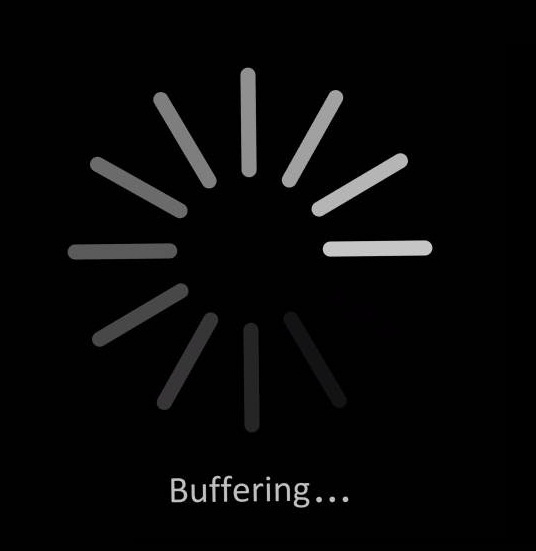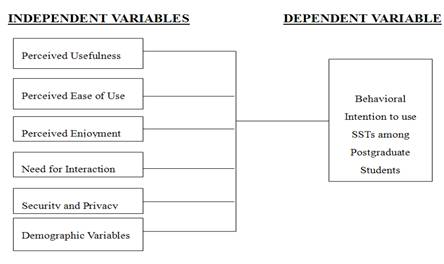Hi there....
I think there's a need for refining my research question. I asked my friends to read my blog, as they also furthering their master right now and semesters ahead of me, so I could consider them as seniors for this matter. One of my friends suggested to me to refine the question as for Q2 and Q3 could be combined into one.
When I look at the question again, I do agree with her.
Well, before I go further with my RQ, lets look at the criteria of good RQ.
Fraenkel, J. R., Wallen, N. E. & Hyun, H. H. (2011).
How to design and evaluate research in education. 8th ed.
McGraw-Hill.
So, there are four criteria for a good research question.
The four are: 1) feasible, 2) clear, 3)significant and 4) ethical.
Feasible:
The question is feasible meaning that it could be conducted or investigated within the allocated time, cost and energy efficient. In other words, it is easy to conduct. I think, we could determine whether the question is feasible or not if we could identify the mean of collecting the data i.e through surveys or interviews etc.
Clear:
Clear means, the moment people read your research question(s), they are able to comprehend what you are trying to achieve, provided with suitable and appropriate key words.
Significant:
This part is very crucial especially in quantitative research. The questions should display or provide how significant the research is in contributing to the society.
Ethical:
The questions must not touch on sensitive issues. This involves with ethics and moral values.
So. lets look at my research questions and how could I refine them to make sure these four elements are there.
Question #1
What are the causes of the students' anxiety in participating in oral activity in ESL classroom?
Question #2
What are the students' anxiety level before using RRA?
Question #3
What are the students' anxiety level after using RRA?
I think my Q1 is feasible as I'm trying to find out the causes or factors of students' anxiety especially in ESL classroom during oral activity. I could conduct surveys or questionnaires to find the factors as well as do some interviews with the students and teachers. The question is clear as I've specifically mention students' anxiety in oral participation. I guess the question is not too broad and people would understand it. Is it significant? For me, of course, as most teachers who are teaching English as Second Language (ESL) or even as Foreign Language (EFL) would face the same difficulty especially when it comes to students' participation. Well, mostly those students who are lack in proficiency. I believe that this research would help the teachers, particularly, in understanding the reasons why the reticent students behaving like that. The question is definitely ethical.
As I've mentioned earlier, I think I need to reconsider my Q2 and Q3 and restructure the questions to make it become a good question. As I'm trying to use the RRA approach in my class, in enhancing the students' participation in oral activity and I want to see the result, how this approach could help my students in overcoming their anxiety, I guess one key word that suits this purpose is the significant difference before and after using the approach.
Question #2 (Edited)
Is there any significant difference in students' anxiety level before and after the introduction of RRA in oral activity in ESL?
So is the new edited question deserves to be considered as a good question?
- Is it feasible?
- I think it is feasible as it could be investigated without expanding money or energy. I think I would be able to gather sufficient results within allocated or given time frame. I could carry out pre-test and post-test to measure students' anxiety level. My hypothesis would be that it is going to be a significant difference in students' anxiety level which indirectly could be seen through their participation in oral activity in ESL classroom. I could also conduct interview with the students, on how they feel before and after the teacher uses the approach and I could also interview the teacher whether is there any changes in the students' participation.
- Is it clear?
- I think the question is clear as it helps me in deciding the means of data collection and it helps me to get a very clear direction of my research.
- Is it significant?
- Yes, as this question will lead to the results of using RRA in reducing students' anxiety level, thus enhancing students' participation level in oral activity. If it shows positive results, this approach could be used in helping teachers who are facing the same situation.
- Is it ethical?
- With no doubt, it is ethical. :)












